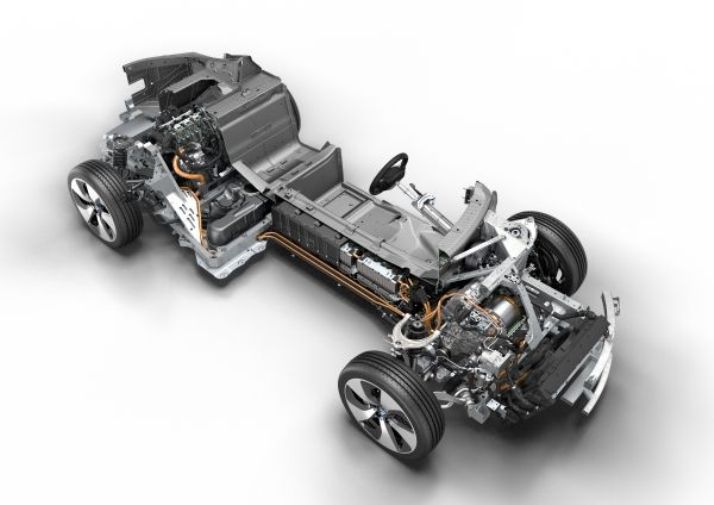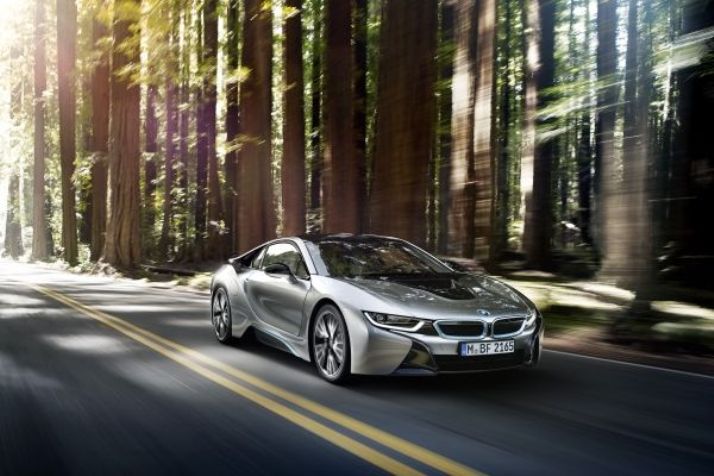

The plug-in hybrid drive system powering the BMW i8 tops its class for the second year running in the world’s leading engine competition
Following its overall victory and two class wins in last year’s International Engine of the Year Awards, the drive system powering the BMW i8 has once again triumphed in its class – the 1.4-litre to 1.8-litre displacement category – in this year’s competition.
The BMW Group’s success in the International Engine of the Year Awards 2016 provides further evidence of the performance potential of the Efficient Dynamics technology package, which since 2007 has enabled a continuous enhancement of driving pleasure while at the same time cutting fuel consumption and emissions.
The International Engine of the Year Awards were launched in 1999, since when a total of 67 class and overall wins have gone to power units developed for BMW models. Each year an expert panel of judges, this time comprising 63 motoring journalists from 31 countries, selects the best examples in numerous categories.
The prize-winners were presented with their awards on Wednesday, 1 June 2016 against the backdrop of the Engine Expo trade fair in Stuttgart.
The plug-in hybrid drive system powering the BMW i8 combines the performance of a sports car with the fuel economy of a far smaller model. The three-cylinder combustion engine in the BMW i8 develops 170 kW/231 hp and drives the rear wheels, while the 96 kW/131 hp electric motor draws its energy from a lithium-ion battery, which can be charged from a conventional domestic power socket and sends its power to the front axle.
This bespoke plug-in hybrid system, developed and produced by the BMW Group, enables a range of up to 37 kilometres (23 miles) in the EU test cycle and a top speed of 120 km/h (75 mph) on electric power alone, coupled with a “glued-to-the-road” all-wheel driving experience headlined by powerful acceleration and a dynamically-biased distribution of power through keenly taken corners.
The higher-output of the two power sources drives the rear wheels and uses the electric boost from the hybrid system to deliver hallmark BMW driving pleasure while at the same time offering groundbreaking levels of efficiency.
The sprint from 0 to 100 km/h (62 mph) takes just 4.4 seconds, yet combined fuel consumption – as calculated in the EU test cycle for plug-in hybrid vehicles – stands at 2.1 litres per 100 kilometres (134.5 mpg imp) plus 11.9 kWh of electricity. This equates to CO2 emissions of 49 grams per kilometre.
































